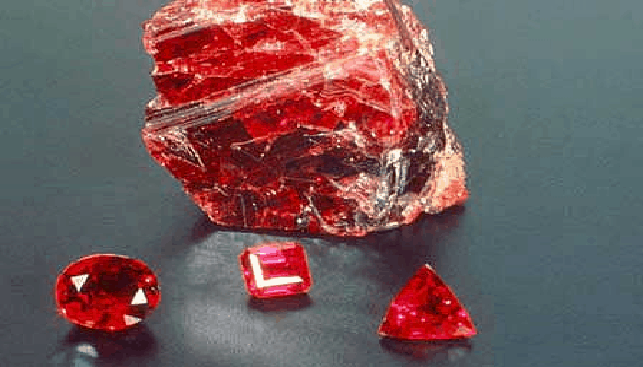The Asscher cut was invented in 1902 by Joseph Asscher of Amsterdam’s Royal Asscher Diamond Company, who also cut the legendary Cullinan Diamond. The cut – a modified square shape with cropped corners and 58 facets – reflected the geometric lines and styling that characterized the nascent Art Deco movement.
The Asscher cut was the first diamond cut to be patented, and Royal Asscher retained the rights to the cut for some four decades. When the patent expired during World War II, other diamond companies began to use the cut, but did not always adhere to Joseph Asscher’s specifications.
As a square shape – despite its cropped corners, which make the outline of an Asscher cut diamond nearly octagonal – the ideal length-to-width proportions for this cut are 1:1.
The facets in an Asscher cut are larger than in a traditional emerald cut and are “step cut,” which means that they are cut in steps, parallel to the diamond’s edges, and usually span the entire length or width of the diamond. Overall, the design is characterized by its symmetry, deep pavilion, faceted culet, high crown, and small table.
While the Asscher cut will maximize a diamond’s brilliance, its relatively large facets will also expose flaws, making the cut most suitable for diamonds with a high clarity grade. London-based jeweler Laurence Graff, renowned as a collector of spectacular diamonds, used the Asscher cut for a 21.46-carat D color diamond of flawless clarity, which he set in a ring.
In 1999, Edward and Joop Asscher – Joseph’s successors in the family business, which after the war relocated to the US – began considering possibilities for an updated Asscher cut. After two years of research and consulting, the Royal Asscher cut – which features 74 facets instead of 58 – was launched. The Royal Asscher Diamond Company patented the design and holds exclusive rights to its manufacture.














